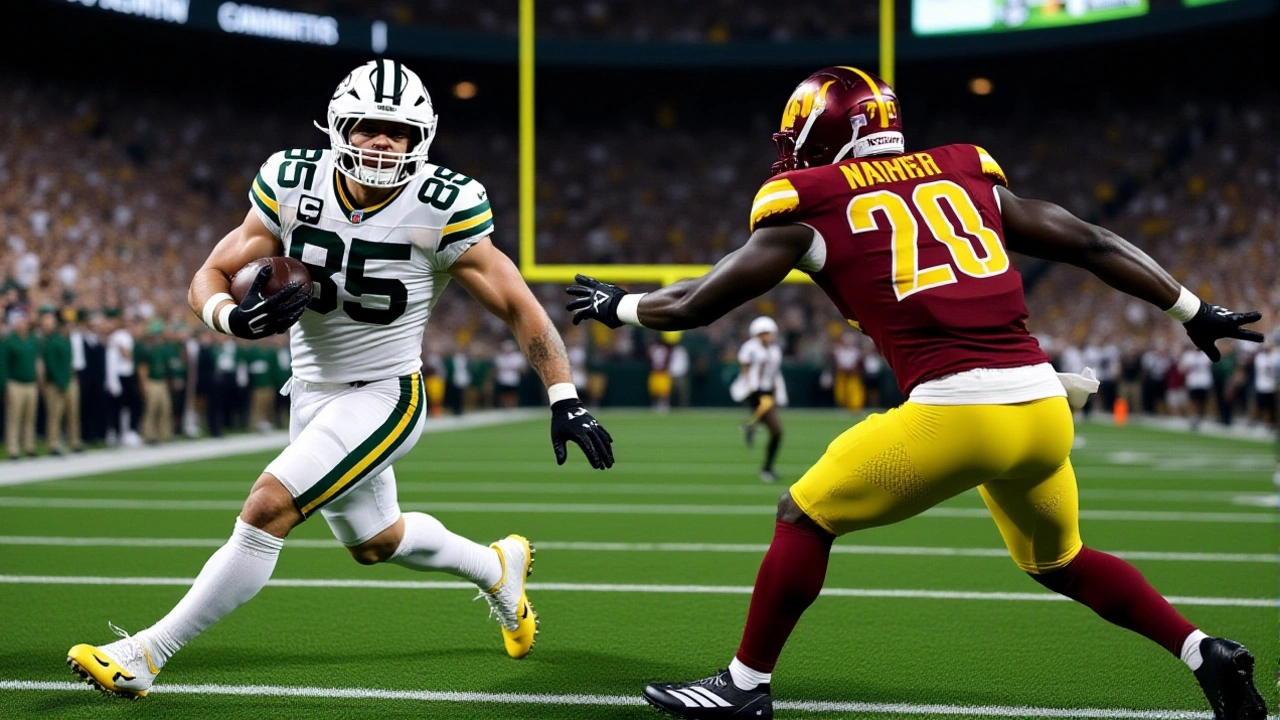AT&T Stadium – The Ultimate Guide to America’s Biggest Sports Venue
When you think of AT&T Stadium, the massive Texas arena that houses the Dallas Cowboys and hosts major NFL events, also known as The Cowboy Stadium, you’re looking at a place that blends sheer size with cutting‑edge tech. It sits in Arlington, Texas, just between Dallas and Fort Worth, and serves as the home field for the Dallas Cowboys, an iconic NFL franchise with a global fan base. The league itself, the National Football League (NFL), relies on venues like this to deliver high‑stakes games to millions. AT&T Stadium isn’t just a football field; it’s a multi‑purpose arena that anchors the region’s sports culture.
What Makes AT&T Stadium Unique
The architecture reads like a statement of ambition. A retractable roof slides open in seconds, turning the interior into a sun‑lit bowl that can hold up to 80,000 seated fans, and over 100,000 when standing room is added. The centerpiece is the world‑largest high‑definition video board, stretching 72 feet tall and 48 feet wide, turning every play into a visual spectacle. Structural steel arches rise 360 feet, creating a vaulted ceiling that echoes stadiums of ancient Rome while still feeling futuristic. These design choices aren’t mere show; they affect acoustics, airflow, and even the way crowds experience a kickoff.
AT&T Stadium’s event calendar reads like a brag sheet. Every fall, the Cowboys battle here, and the arena has hosted multiple Super Bowls, including the recent Super Bowl LVIII. College football’s Red River Showdown, the NFL Draft, and marquee concerts—from Beyoncé to The Rolling Stones—have all played under its roof. The venue also welcomes basketball’s NBA games and even major esports tournaments, proving its flexibility for anything from a 20‑minute halftime show to a three‑day music festival.
Fans don’t just watch games; they experience them. Stadium tours let visitors walk the field, sit in the press box, and see the luxurious locker rooms. High‑tech apps provide real‑time replays on personal devices, while premium seating offers in‑seat service and exclusive lounge access. Around 40 dining concepts line the concourse, ranging from classic Texas BBQ to upscale sushi, ensuring that food lovers stay satisfied between quarters.
Beyond the cheers, the stadium fuels the local economy. On game days, traffic surges, hotels fill up, and nearby attractions—like the nearby Globe Life Park—see increased visitor numbers. Public transit options include the TEXRail line and multiple bus routes, while ample parking structures accommodate tens of thousands of vehicles. The arena’s presence has spurred development of hotels, restaurants, and retail spaces, turning the surrounding area into a vibrant entertainment hub.
The collection below pulls together the most compelling stories about this colossal arena. You’ll find game‑day breakdowns, behind‑the‑scenes looks at concert setups, and deep dives into how AT&T Stadium reshapes the fan experience. Whether you’re tracking the Cowboys’ season, scouting the next big concert, or simply curious about the engineering behind modern stadiums, these posts deliver the insights you’re after.
Packers and Cowboys End SNF Thriller in Historic 40-40 Tie
Packers and Cowboys finish a historic 40-40 overtime tie at AT&T Stadium, sparking debates on betting odds, overtime rules, and playoff implications.
- Sep, 29 2025
- 0 Comments
